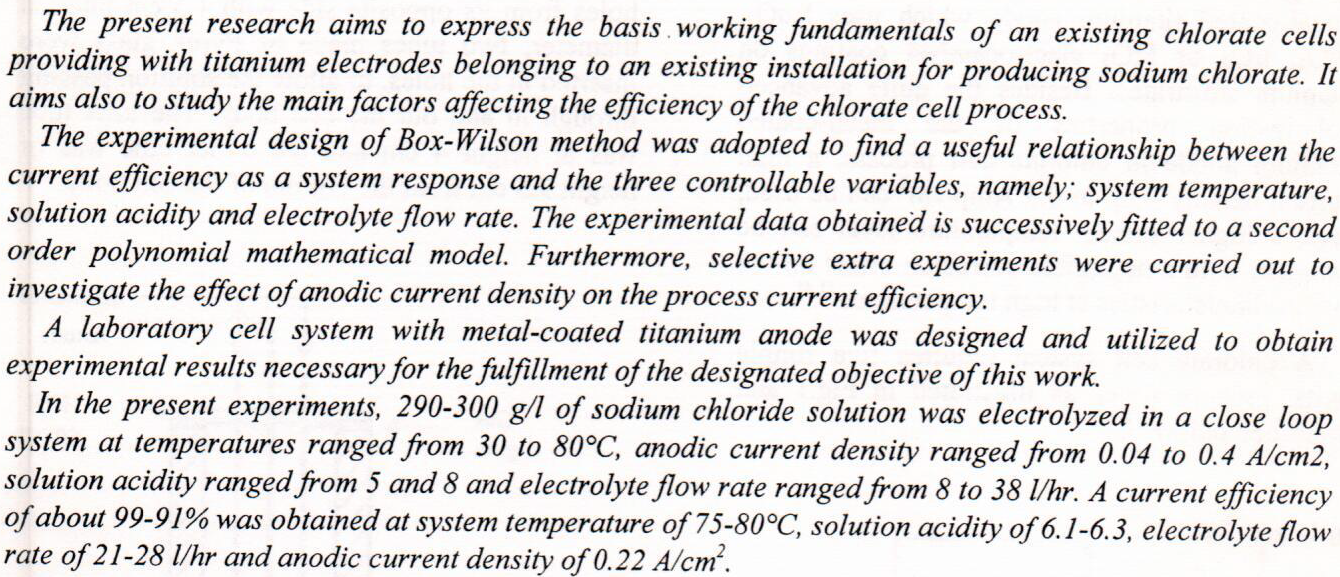
The study investigates the possibility of utilizing public interactive sculptures to enhance physical activity in Saudi Arabia. The paper uses a descriptive-analytical methodology to identify the characteristics of interactive sculptures promoting physical activity in public areas as follows: The size and space of the work area are appropriate to the type of physical activity that is achieved, and the importance of the work site in the city and its relation to the surrounding space, identifying participants at the same time and their relationship to ensure safe interaction, as well as the relationship between the esthetic and intellectual concept of working in the community. The study concludes that three technical proposals were present
... Show MoreDestiny functional theory (DFT) calculations are undertaken in order to scrutinize the electrochemical and calcium (Ca) storage characteristics of a graphyne-like aluminum nitride monolayer (G-AlNyen) as an electrode material for Ca-ion batteries (CIBs). The results show that the change in internal energy as well as the cell voltage values for the CIB with the G-AlNyen anode are comparable to others with two-dimensional 2D nano-materials. It is shown that Ca is adsorbed primarily onto the center of a hexagonal and triangular ring of G-AlNyen with absorption energies of −2.06 and −0.42 eV. After increasing the concentration of Ca atoms on G-AlNyen, the adsorption energy as well as the cell voltage decreases. Lower values of 0.15–0.32 e
... Show More (4)
(4)
 (5)
(5)
The piled raft is a geotechnical composite construction consisting of three elements: piles, raft and soil.
In the design of piled rafts, the load shared between the piles and the raft, and the piles are used up to a
load level that can be of the same order of magnitude as the bearing capacity of a comparable single
pile or even greater. Therefore, the piled raft foundation allows reduction of settlements in a very
economic way as compared to traditional foundation concepts.
This paper presents experimental study to investigate the behavior of piled raft system in sandy
soil. A small scale “prototype” model was tested in a sand box with load applied to the system through
a compression machine. The settlement was
 (3)
(3)
 (19)
(19)
 (14)
(14)
 (11)
(11)
 (9)
(9)
 (3)
(3)
The Exponentiated Lomax Distribution is considered one of the most commonly used continuous distribution which has a major role in analysing and modelling life time data. Therefore, A family was formed for the Exponential Lomax Distribution by introducing two new distributions as special case of the Exponentiated Lomax Distribution: (Modified Exponentiated Lomax Distribution (MELD) and Restricted Exponentiated Lomax Distribution (RELD. Furthermore, to assess the usefulness and flexibility, the two distributions were applied upon simulation study besides real application with real data set. The simulation results clearly shown the flexible performance of the maximum likelihood estimators for the parameter. Also, the real applicat
... Show MoreThe interests toward developing accurate automatic face emotion recognition methodologies are growing vastly, and it is still one of an ever growing research field in the region of computer vision, artificial intelligent and automation. However, there is a challenge to build an automated system which equals human ability to recognize facial emotion because of the lack of an effective facial feature descriptor and the difficulty of choosing proper classification method. In this paper, a geometric based feature vector has been proposed. For the classification purpose, three different types of classification methods are tested: statistical, artificial neural network (NN) and Support Vector Machine (SVM). A modified K-Means clustering algorithm
... Show More (2)
(2)
The type of groundwater in the studied area is slightly brackish. In general, the dominant water type is calcium-sulfate. The reasons behind these different chemical groundwater types can be referred to the active ion exchange between the groundwater of the Dammam aquifer and Rus Formation. The groundwater of the Dammam unconfined aquifer is not suitable for human drinking in all the parameters properties. The groundwater class is fair in the Qasir Al-Ukhaider area, while the Shebcha area and Al-Salman area are poor class except the eastern part of Al-Salman area is very poor.
 (3)
(3)
 (2)
(2)
